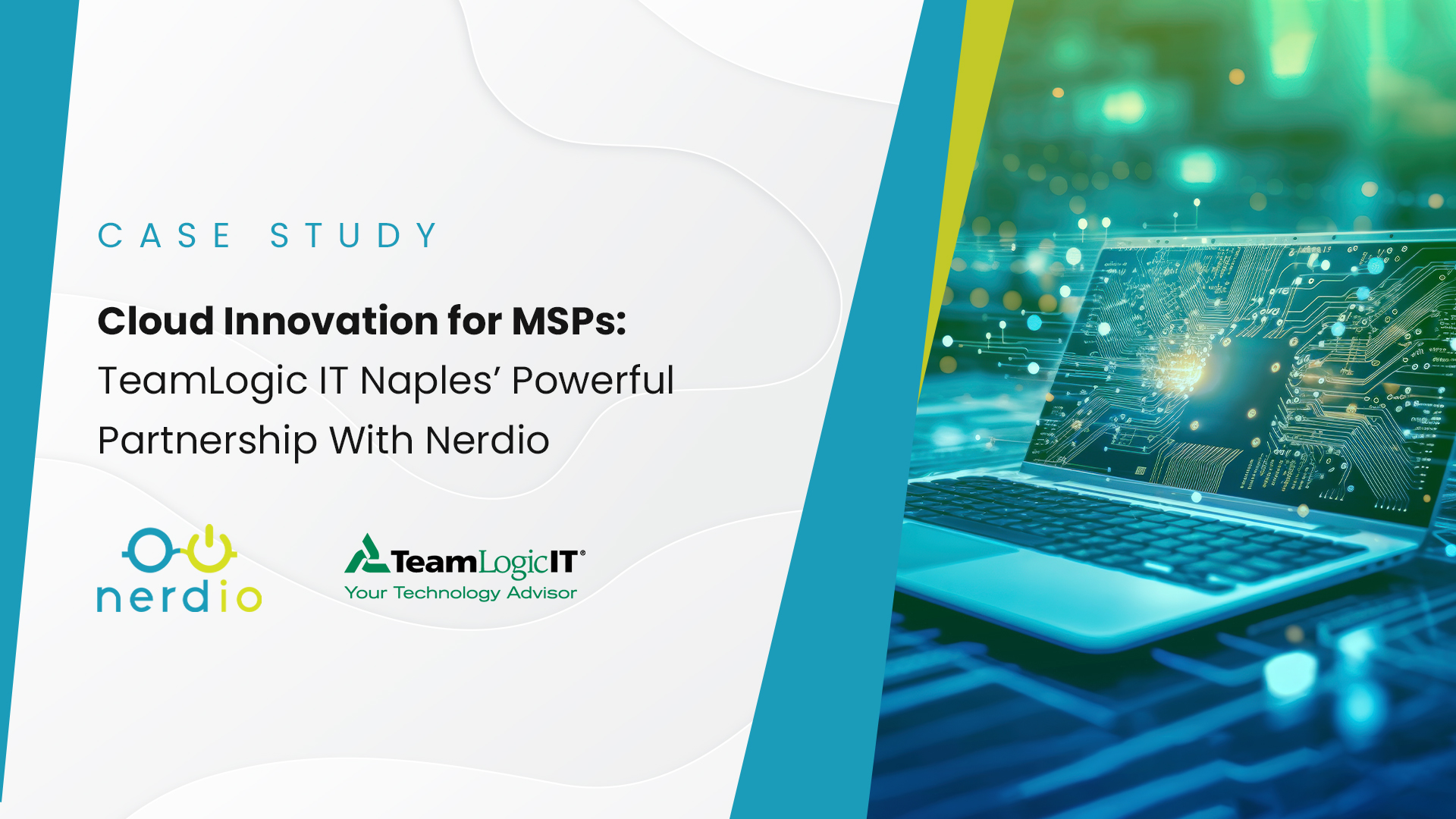Note – Microsoft announced the rebrand of Windows Virtual Desktop (WVD) to Azure Virtual Desktop (AVD) in June 2021. Read more about it here.
The idea of a virtual desktop is not new – the technology has been around for years, if not decades, starting with Microsoft Terminal Services and then Citrix and VMware. Enterprises typically configured these environments with a collection of on-premises servers and other infrastructures needed to host virtual desktops for their user community. Sometimes organizations deployed the platform within their own facilities and other times they stood up the environment in a third-party data center. In both cases, the enterprise typically invested significant capital in both the hardware and software to run these virtual desktop environments.
Virtual desktops had and continue to have many benefits; it is an easy way to centralize access and security, particularly for distributed organizations and for remote user support. Virtual desktops are also a scalable solution to a degree and make is easier to run or publish certain applications. However, over the years, despite the great promise, virtual desktops never have seemed to live up to the hype. Indeed, enterprises discovered virtual desktop environments could be complex to set up and operate. Moreover, they could be expensive when considering the cost of hardware, software licensing, bandwidth, and data center space. They also came with not insignificant ongoing management costs.
Times are Changing – The Move to Public Cloud
The first sign of change was when the public cloud became an alternative option to the traditional hardware needed to run virtual desktops. Shifting from on-premises servers and networking infrastructure to an as-a-service model meant that enterprises could now turn their virtual desktop solutions into more of an operating expense; able to grow and shrink without the need for purchasing hardware. Paired with the widespread of broadband access, this enabled many organizations to give virtual desktops a closer look, yet not necessarily adopt with great speed. Certainly, with the hardware piece turned into a monthly consumption charge, organizations began less resistant to testing and sometimes on a small scale deploying virtual desktops running in a public cloud such as AWS or Microsoft Azure. What they found was that there was a level of complexity involved due to needing multiple servers and gateways, some technical requirements (e.g., needing to run Windows 10 on a Windows Server OS) as well as some licensing challenges. All of these contributed to virtual desktop adoption gaining momentum.
Along Comes Azure Virtual Desktop
It was then that the release of Microsoft Azure Virtual Desktop (AVD) service in Microsoft Azure changed the game for several reasons.
First, AVD runs as a service within Azure—no additional servers for gateways, connection brokers, etc. The desktops run as native Windows 10 desktops under this service—there is no Windows Server license needed to run a desktop. This reduces complexity and with a significantly different licensing model, the cost to run a virtual desktop is dramatically reduced.
Next, AVD supports pooled desktops. While you can still run a dedicated VM per desktop, you don’t have to do this. Enterprises can run multiple desktops on a single VM, and by correctly sizing the VM, will not have performance issues. Moreover, customers can build these pools across a collection of VMs (also called host pools) that can scale up and down to fit the environment from a cost and performance perspective. Again, this is a simpler, yet more elegant solution that is far more cost-effective.
The last reason and maybe the biggest reason that AVD is a game-changer in that it truly represents a shift in Microsoft’s strategy. Microsoft has always had tacit support for remote desktops, but with AVD, the company is signaling a much different direction. AVD is a core initiative and is part of nearly every discussion Microsoft and many of its partners are having with customers. The AVD beta program had the highest level of interest ever for a pre-release product, and since AVD went toGeneral Availability (GA), there have been thousands of customers looking at it in some form. Certainly, the pandemic accelerated the adoption of AVD—it became an ideal solution accommodating remote workers–and interest has continued to accelerate.
Indeed, AVD is the last step in the transformation of traditional software and hardware to a utility-based subscription model. Originally, you had PCs from hardware manufacturers using perpetual software OS licenses from Microsoft. Then, Microsoft developed and sold server OS licensing that then evolved into Azure-based resources. AVD is the natural evolution of desktops into a cloud-based service. The result is Microsoft now delivers a complete enterprise solution all the way to the end-user. This seamless all-in-one experience is extremely robust, scalable, reliable, and secure. All delivered via an operating expense model featuring a competitive total cost of ownership.
Nerdio Manager for Enterprise enables IT professionals and Enterprise organizations to quickly and easily deploy, manage, and optimize AVD.
Deploy a new AVD environment in a couple of hours, manage every environment in just 3 clicks or less, and optimize costs by saving up to 75% on Azure compute and storage with Nerdio Manager for Enterprise.
Start your free trial today or click here to learn more.











